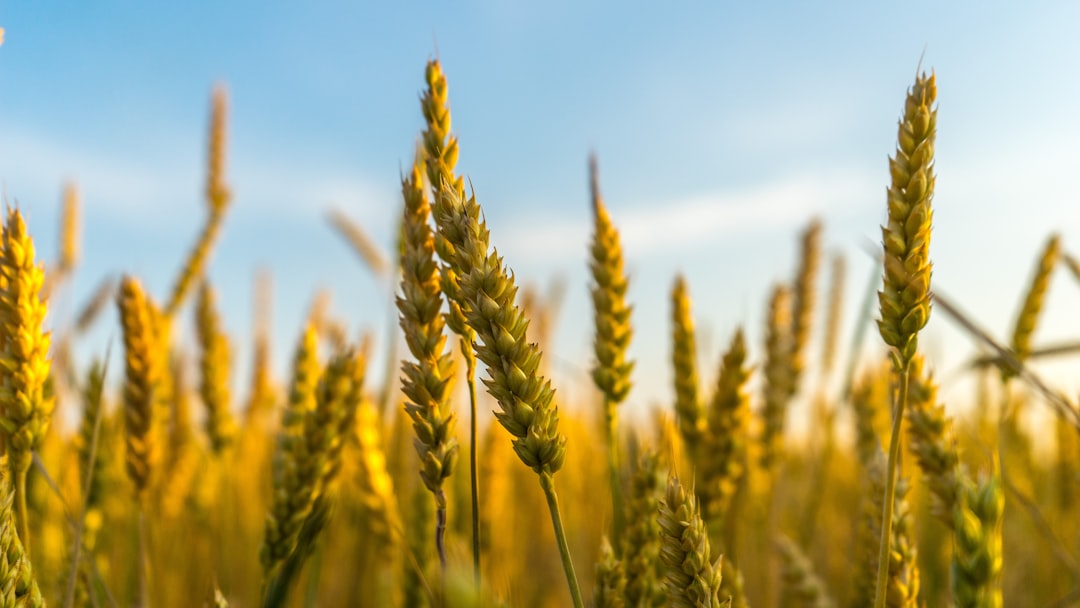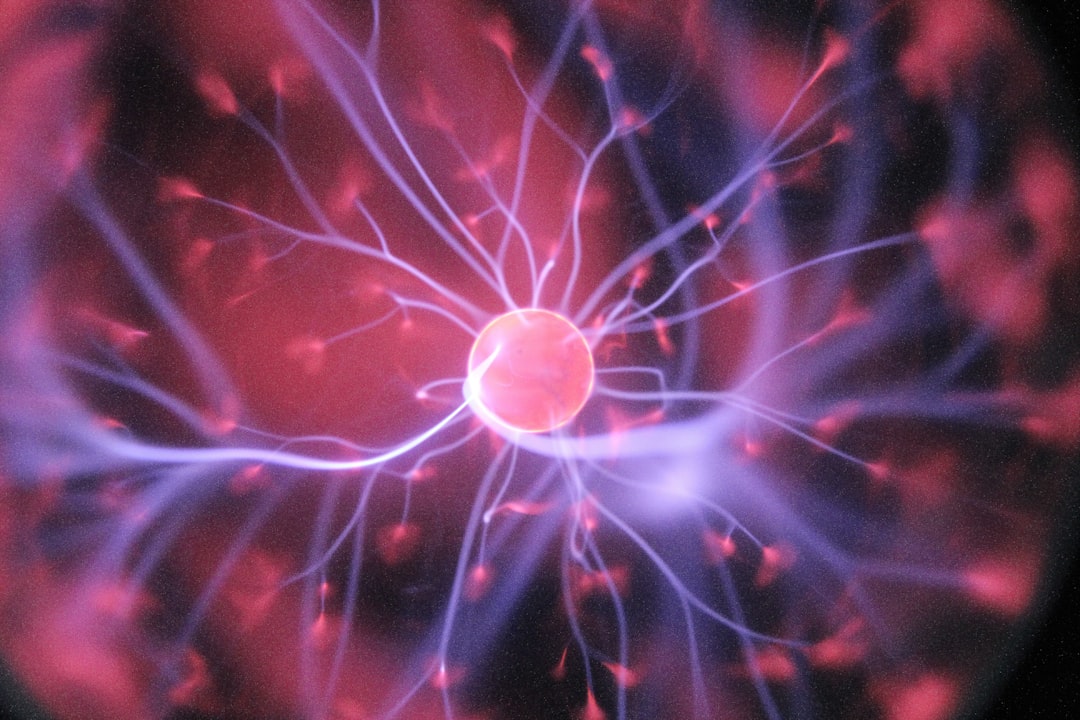What is it about?
Thin-layer chromatography (TLC) is a technique used for the separation of complex mixtures. It is the cheapest and easy-to-perform analytical technique. Moreover, it requires a limited amount of chemical reagents. On the other hand, modern detection techniques are expensive and frequently unaffordable in most laboratories. We developed an inexpensive custom illumination chamber for supporting the detection of chromatographic bands on the TLC plates. It is equipped with various light sources (LED-VIS, UV-A, and UV-C) and a smartphone as a detector. We examined the chamber’s potential in the laboratory and compared its performance with a commercially available densitometer (CD60, Desaga, Germany). Mixtures of fountain pen inks were separated on TLC plates and used as reference samples to compare two devices. Then, they were used to scan TLC plates in the so-called “multi-wavelength” mode. Obtained multivariate data were processed using chemometric methods. An inexpensive illumination chamber (ca. 20 Euros), combined with a smartphone as a detector, provided comparable results in identifying chromatographic bands as the laboratory CD60 densitometer. This research was supported by the National Science Centre, Poland (research grant no. 2018/29/N/ST4/01547).
Featured Image

Photo by Jonas Leupe on Unsplash
Why is it important?
Modern analytical devices enable very sophisticated quantitative and/or qualitative chemical analysis of multicomponent samples. However, access to comprehensive laboratory instruments is frequently limited because they are expensive. Thus, over the past few years, great efforts are taken to develop low-cost analytical instruments that will increase the accessibility of spectroscopic and imaging devices. The aim is to provide increased objectivity of results in every laboratory and enhance analytical procedures worldwide. The situation is particularly relevant in separation science, where objective and inexpensive comparison of chromatographic bands is still a challenge.
Perspectives
A smartphone equipped with inexpensive accessories can be considered a relatively accurate laboratory instrument for solving quantitative and qualitative problems. Such a device has the potential to be soon used to record chromatographic patterns from the HPTLC plate and support the possibility of introducing real-time machine learning based on collected chromatographic data. The laboratory is in our pocket.
Łukasz Pieszczek
University of Silesia in Katowice
Fast, reliable, and easy-to-use analytical devices that can be used even by inexperienced are of great interest in the context of developing lab-on-chip devices. Thin-layer chromatography, combined with multi-wavelength detection and chemometrics, is a very attractive analytical approach and can assist in achieving this challenging goal.
Professor Michal Daszykowski
University of Silesia in Katowice, Poland
Read the Original
This page is a summary of: Multi-wavelength imaging of HPTLC plates using a constructed illumination chamber with a smartphone camera as the detector, Talanta, January 2021, Elsevier,
DOI: 10.1016/j.talanta.2020.121599.
You can read the full text:
Resources
Contributors
The following have contributed to this page










